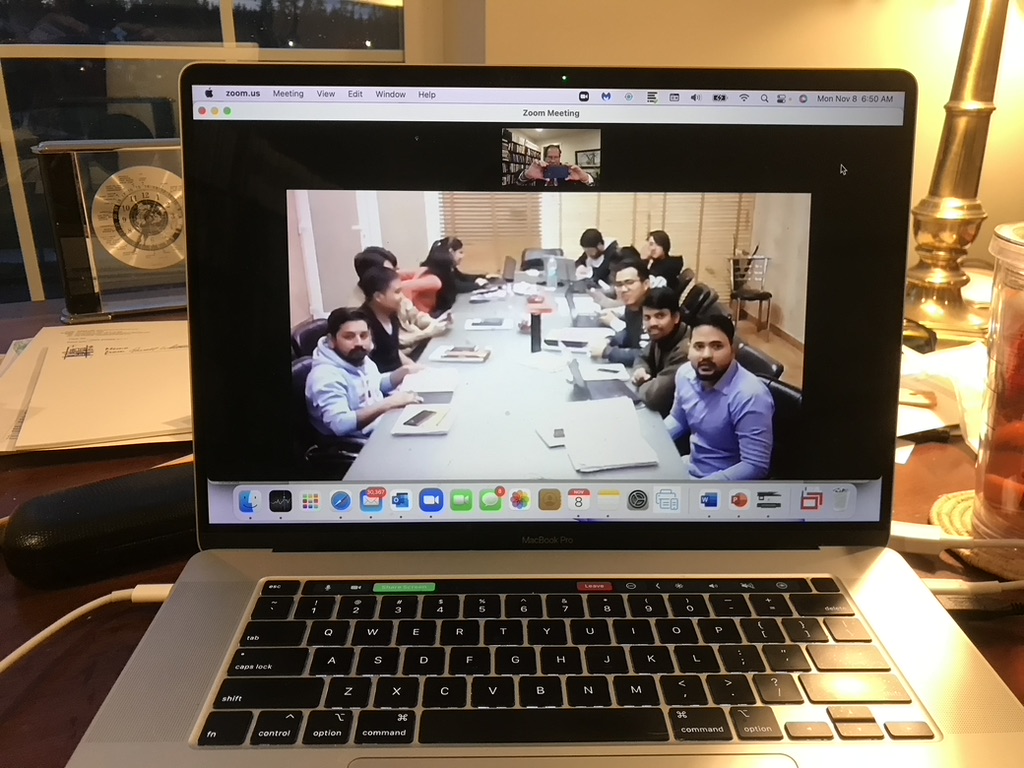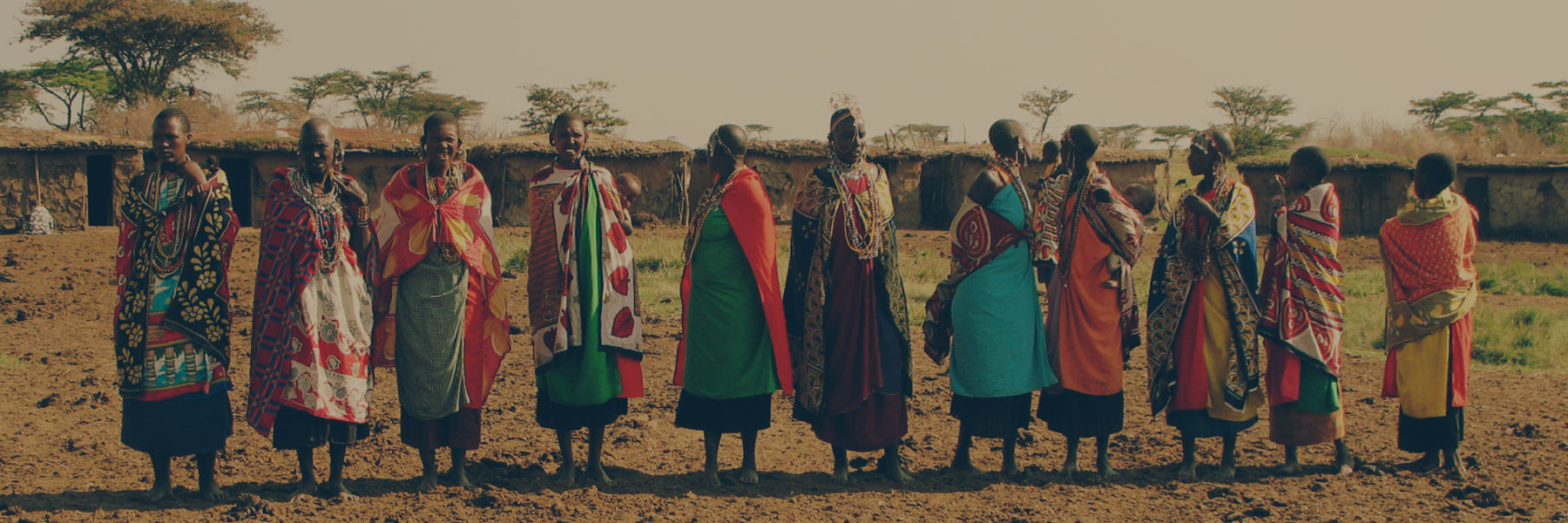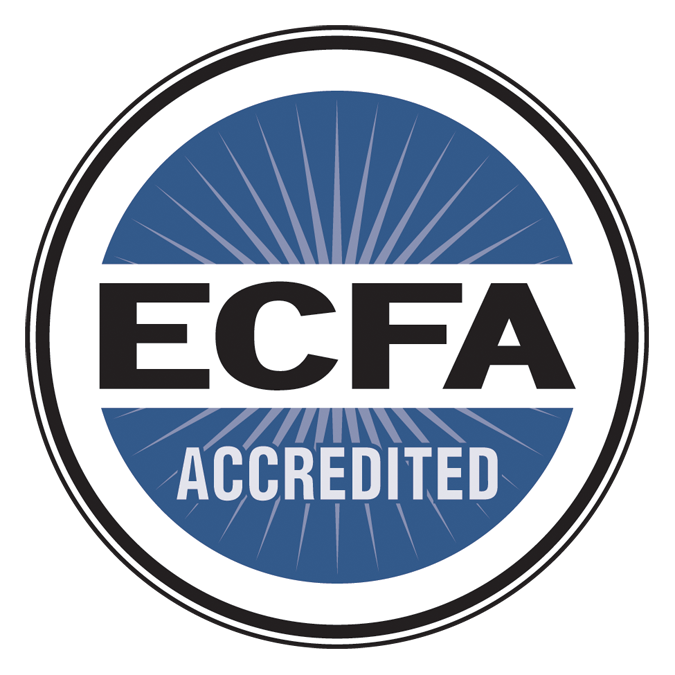November 20, 2021
It’s been over a year since I wrote in September 2020 with my opening line, “Who could have seen this chaotic year coming?” I’m glad to report that we have not just survived, we have flourished in this pandemic period. I had to pivot from in-person teaching and training in China and India to using Zoom. Those of you who know how technologically challenged I have been may be surprised to learn that I have become right at home, if not adept, at using Zoom for teaching and training. I needed some tutoring, to be sure, but now “sharing my screen” is as natural as drawing diagrams on a large white board, which was my favorite teaching format for four decades.
For two weeks in September, I trained 76 Chinese missionaries scattered around the world in my basic anthropological approach to cross-cultural ministry. There was a 12-hour time difference for most of the people, so I taught in the evenings so they could begin their day with new insights and applications to their life and ministry. One participant reflected, “This course has been a breakthrough for me. We are renewed and encouraged and determined to identify more with the people among whom we are living.”
In October, I took my first plane ride in 20 months and flew to North Carolina to give the keynote address at a conference at Campbell University Divinity School on the topic of “Divinity and Humanity in a Pluralistic Age: An Anthropological and Missiological Perspective.” It felt so good to fly again and be with an audience in person instead of viewing them through a computer screen.
The last week of October and first week of November, I was teaching at the Caleb Institute near New Delhi, India. I really wanted to be there in person, but the Indian government was not issuing any visas due to the pandemic, so I taught through 172 PowerPoint slides on Zoom, teaching every morning for several hours. The Caleb Institute is an emerging seminary and training center with a missiological degree program, and I’ve made a commitment to help them develop their curriculum and to purchase hundreds of missiological books and journals for their library.


Frequently at the end of a course or training experience, I’ll bring out six body parts made of soft rubbery foam (heart, brain, stomach, hand, ear, and eye, which you can see in the first photo on my desk next to the computer). I ask participants if they would like to choose a body part that represents what they have learned and what God has been saying to them through this experience.
This time, every student in the class spoke. Many chose the heart, saying how their heart had been changed, others chose the brain to express all the new ideas and insights they had learned, a few chose the stomach, and one chose the hand, saying it was time to put into practice all she had learned. One of the young seminary teachers who helped with the class said, “I have had four years of Bible College and four years of Seminary for an M.Div. and M.Th. degree, and despite eight years of formal ministry training, I’ve never heard the kind of teaching and training I’ve received from you. It’s changed my whole perspective on what is effective cross-cultural ministry, and my whole approach to theology has become much more practical.”
I expect to be back on the road, or back in the saddle, in 2022 with teaching and training opportunities in India, Singapore, Philippines, Nepal, Australia and perhaps Cuba again, as well as a half-dozen opportunities in the US. So, thank you for your prayers and interest in the way I’m participating in God’s mission in the world.
Cordially,
Darrell Whiteman




